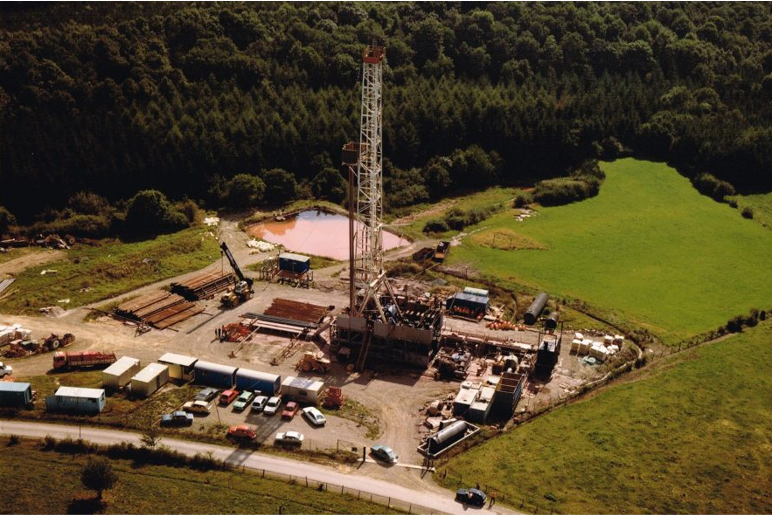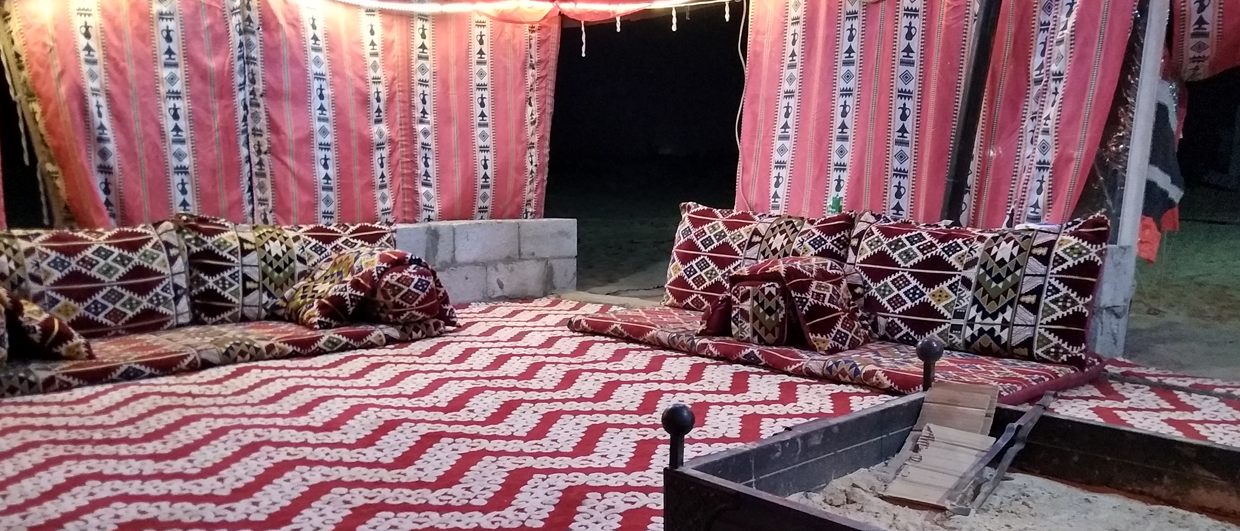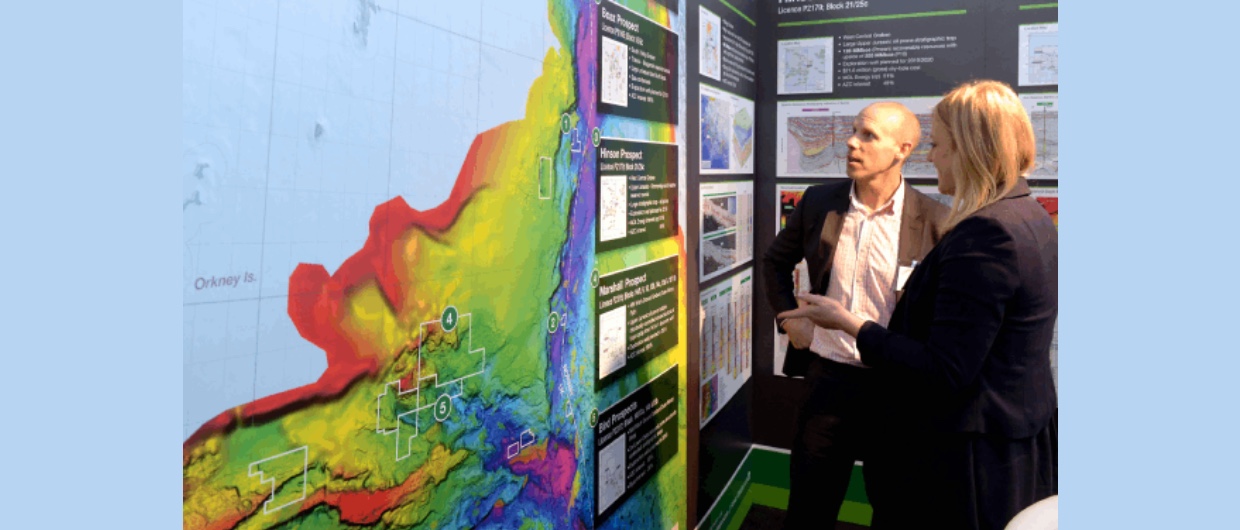The deepest borehole ever drilled in Belgium took five years to complete, from 1980 to 1985. Operated by the Geological Survey of Belgium, its aim was to test gas prospectivity below a thrust fault.
This is the first edition of a series of articles dedicated to the deepest boreholes drilled in the countries around the North Sea.
The location of the Havelange borehole was selected based on the appearance of a domal structure below a discontinuity surface mapped on seismic data. In other words, a potential closure. The discontinuity was part of a gradually southward dipping reflection that was interpreted as the Midi Thrust, the Variscan thrust fault that crops out along an east-west line in the north of Belgium (see diagram below). The strata above the Midi Thrust fault are part of the so-called Dinant syncline, mainly consisting of folded Lower Carboniferous and Devonian rocks. The Dinant syncline developed during the Carboniferous as part of the Variscan foredeep that formed as a consequence of Gondwana colliding with Laurussia in the north.

At the time, geologists hoped to find relatively undisturbed and gas-prone Carboniferous rocks below the thrust fault. This may have been triggered by the success of gas exploration in the Southern North Sea further north, where the Carboniferous was not only known to be the main source rock for Rotliegend gas fields but also formed a reservoir in places.
NCS Exploration – Recent Advancements in Exploration Technology, May 19-20
Keynote: Greater Fram – The Ship That Never Sinks!
Kristina Helland-Hansen, VP EXP NUKE Assets North Sea at Equinor
However, after the borehole had reached its final depth at 5648 m in 1985, the only stratigraphic interval that was drilled was a series of faulted Upper to Lower Devonian rocks (see diagram below). Two intervals of gas influx were noted; one around 4800 m and one at an approximate depth of 5039 m. Tests however concluded that the formations had very low permeability because a gradual lowering of the mud weight did not result in an increased influx of gas.

Even though Carboniferous rocks were not found, it is still believed that the well did penetrate the Midi Thrust fault.
Geothermal potential
The Havelange borehole has now been “re-opened” to study its potential for geothermal heat extraction. “We restudy this borehole since it is a rare example of well-documented well (logs, cuttings, cores, seismic) in low-grade metamorphic rocks. The current target is to better understand the geothermal potential of fractured Lower Devonian quartzite units, as temperatures of up to 126°C were recorded during drilling,” as Yves van Brabant, geologist at the Geological Survey of Belgium explained in an email.
More information about the Havelange test site can be found here.
HENK KOMBRINK




